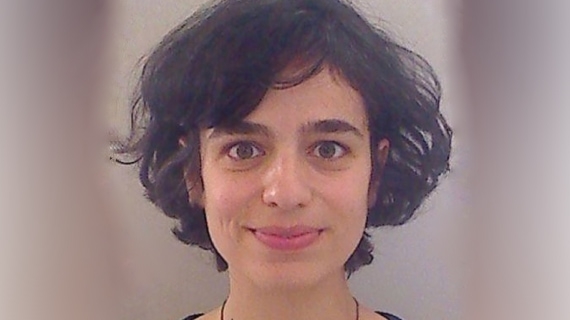Joana Faria Marques
Saliva: what perspectives in the diagnosis of oral conditions?

- Dental Medicine degree – ISCS-EM (2007)
- M.Sc. in Dental Medicine – FMDUL (2009)
- Ph.D. in Dental Medicine, field of Oral Biology – FMDUL (2015)
- Assistant Professor – FMDUL
- Researcher Oral Biology and Biochemistry Research Group – Oral and Biomedical Science Research Unit
- Member of the Center for Evidence-based Dental Medicine – FMDUL
- 18 original research papers published in indexed journals
Nationality: Portugal
Scientific areas: Innovations in dentistry
5 of november, from 18h05 until 18h40
Auditorium C
Conference summary
A paradigm shift in medicine is happening, based on the concept of disease prevention and customized healthcare – precision medicine. In this context, early and non-invasive diagnosis and individual risk assessment methods are critical. In dental medicine, saliva is often regarded as an element that challenges therapeutic procedures.
However, oral saliva / fluid has an enormous potential as a diagnostic fluid, providing critical insights in the etiopathogenic mechanisms of oral diseases. With simple and non-invasive collection methods, it is a potential tool to assess oral health status and individual risk for disease and to define precise individual preventive and therapeutic strategies that will revolutionize current clinical practices.
More than 5000 proteins have already been identified in saliva, many of which have potential value as discriminatory biomarkers of oral conditions, such as caries, periodontal disease or oral cancer. It is expected that the exponential growth of knowledge regarding the proteome, metabolome, microbiome and study of salivary exosomes will expand this potential, to be confirmed by the clinical validation of its effectiveness as diagnostic tests.
This conference will discuss the advances in potential salivary biomarkers of oral disease, the development of chairside diagnostic tests, considering a critical appraisal of their potential applications, limitations and future perspectives.